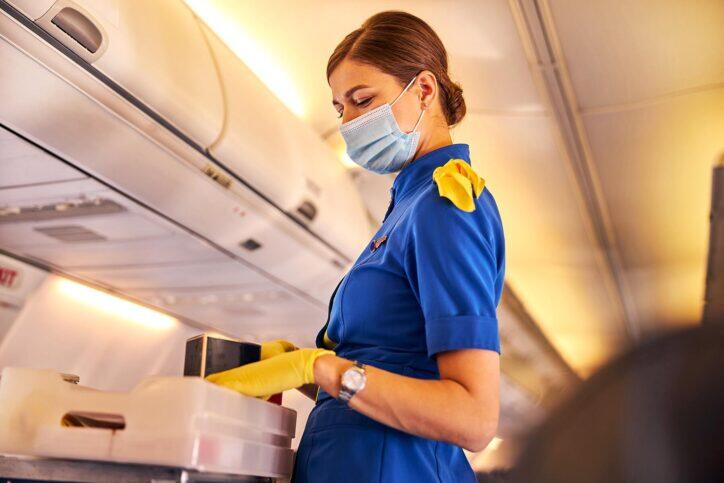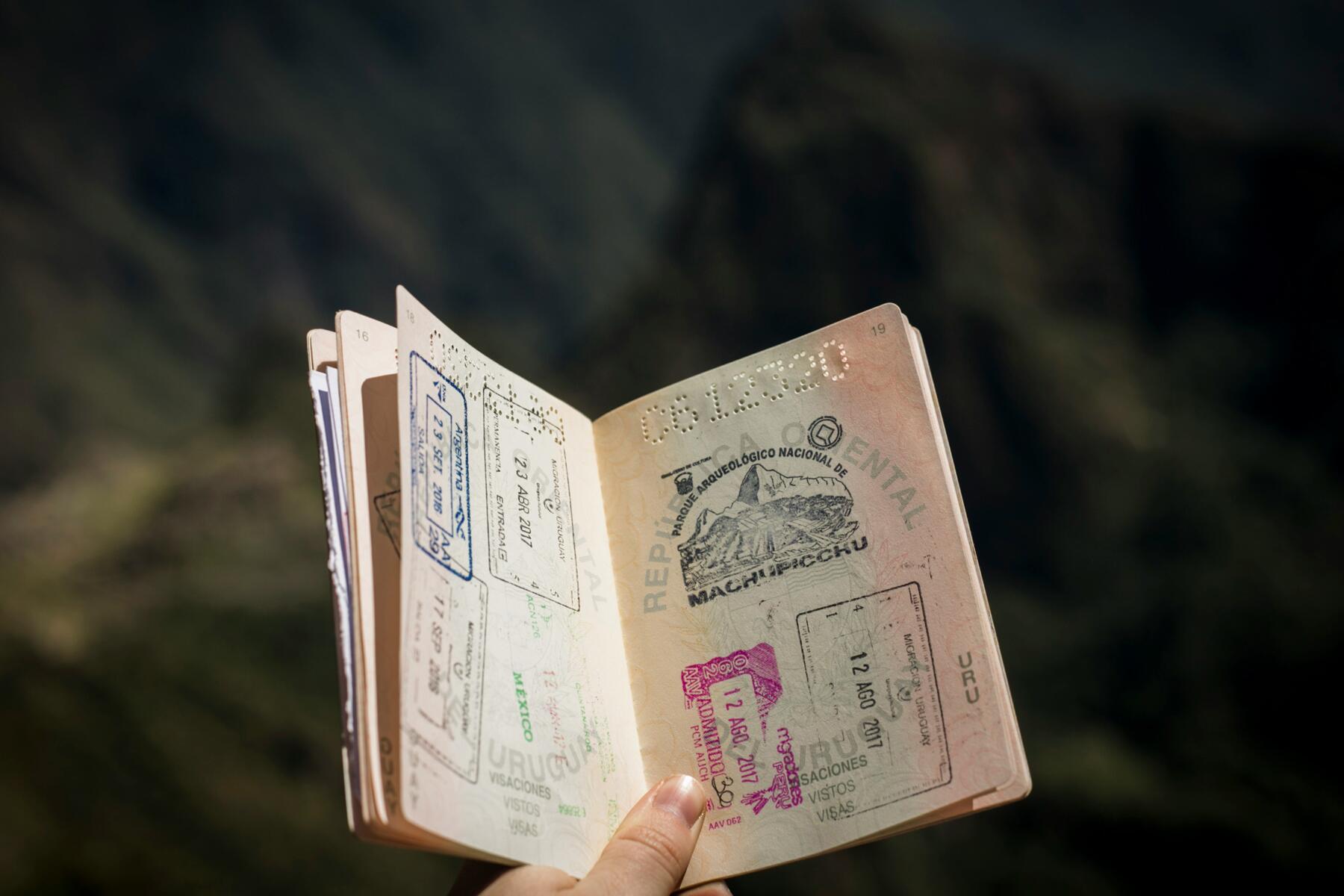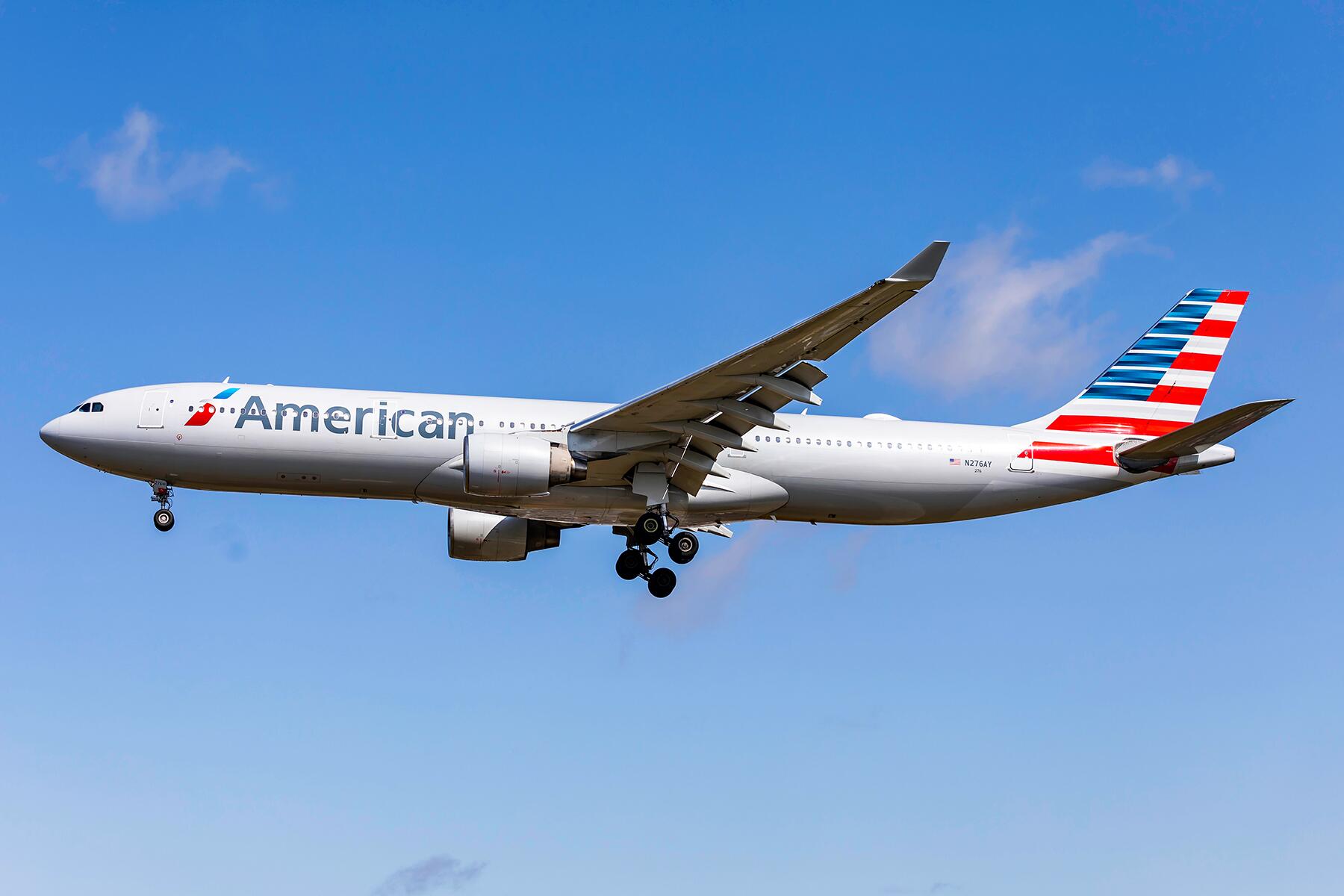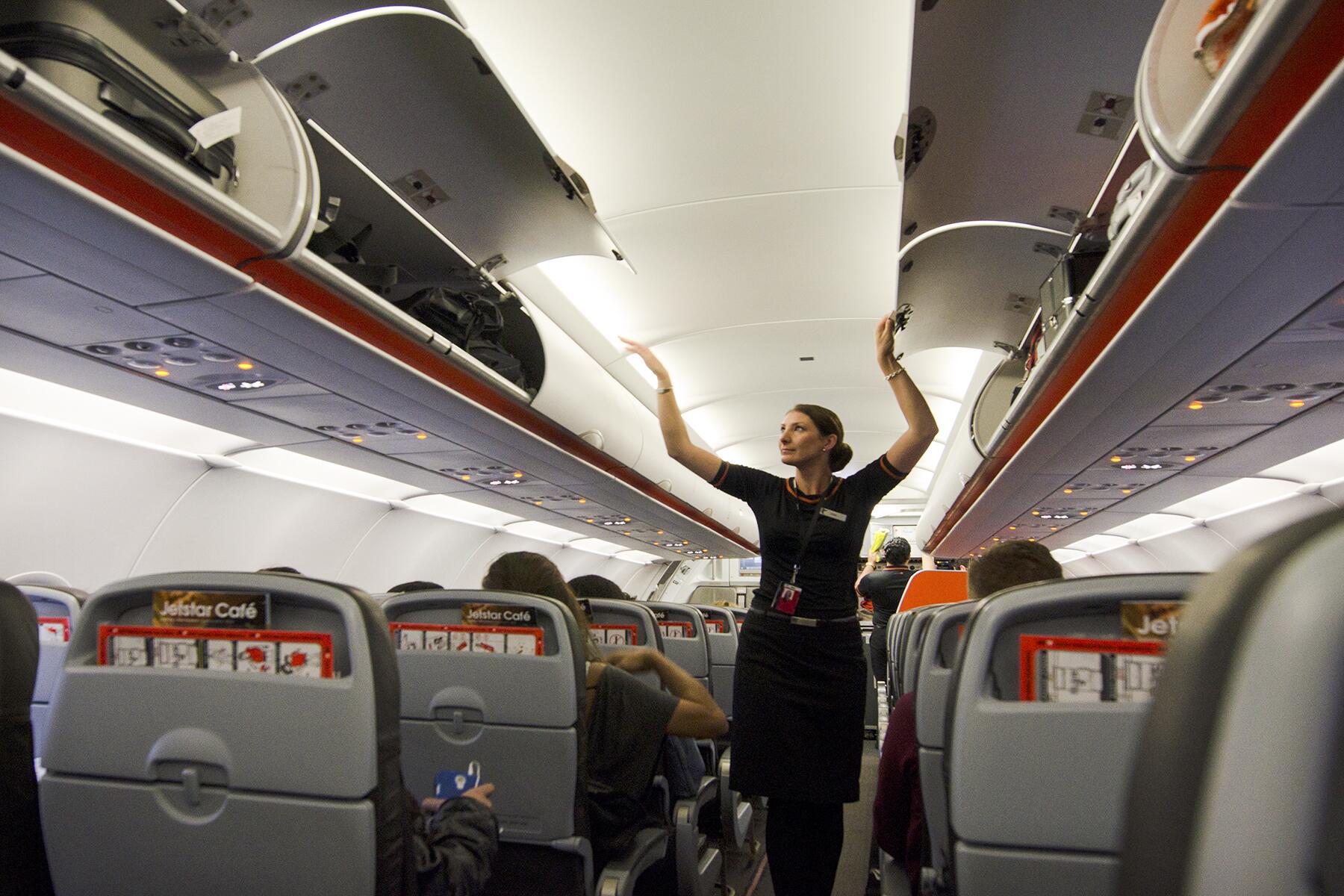Passengers aren’t the only people on planes who can face fines, flight attendants can be fined (or even fired!) for not following regulations.
You hear it on every flight —“please fasten your seatbelts.” It’s probably the number one thing flight attendants say when they’re working because they’re required to remind you to buckle up before push back…and again when the seatbelt sign comes on, during the safety demo, yet again before landing, and one more time during taxi. The constant reminders can be exhausting and probably sound very robotic, but it’s one of the many requirements the crew must follow through with…or risk putting their career on standby.
When you’re initially hired as a flight attendant you must attend the airline’s training program, even if you’ve flown before for another airline. During this three to eight-week training process, you become familiar with the aircraft you’ll be working on and all protocols of your particular airline. This information along with every other policy and procedure to operate a flight safely is found in the “FAM” or flight attendant manual. During training, you also discover the various ways the airline and the FAA, or the Federal Aviation Administration, will ensure you’re following procedures (and what can happen to you if you don’t).
There’s often a lot of miscommunication between passengers and crew due to company policy and they can lead to some, shall we say, “heated situations.” Simply put, one airline may require window shades to be open for take-off and landing and another may not. When the flight attendant then tries to get a passenger to raise their shade and says “it’s a regulation,” the passenger may bemoan that they didn’t have to do it on their last flight. But any company policy or procedure in the FAM, which is approved by the FAA, becomes a regulation the flight crew must follow for that airline. This is why airlines pushed for a mask mandate. Some required masks and some didn’t, making the crew’s job of enforcing masks on those airlines that did much more difficult.
Recommended Fodor’s Video
Obeying Flight Attendants Goes Beyond Your Safety
Let’s go back to the seatbelt sign. I brought it up first for a reason. Every time it’s on, someone needs to go to the bathroom. It’s like a weird form of reverse psychology. The second the “ding” is heard throughout the cabin it prompts some people to think, “I need to get up, and now I can’t, oh no!” Inevitably, a few people get up and head to the back. The first thing the flight attendant will say to you is, “I need to remind you the seatbelt sign is on and ask that you please return to your seat and fasten your seatbelt.” At which point the passenger always says, “Well, I need to use the bathroom.” The passenger then waits for the flight attendant to make an exception but, here’s the thing, they can’t. The crew cannot grant you permission to break a federal regulation. Hypothetically if the flight attendant said “okay,” and the passenger enters the restroom moments before severe turbulence struck and they get injured, who’s at fault? The airline and the FAA would fault the flight attendant for breaking procedure and allowing the passenger out of their seat.
Most airlines have a whole disciplinary structure in place for flight attendants based on reliability (lateness and sick calls) and performance (policy and procedure). Each occurrence usually carries a different weight, but in the end, everything leads to “possible termination.” When a report is filed on a flight attendant or a situation that involves one, the airline launches an internal “investigation,” and usually when this is underway the crewmember is suspended. The investigation is supposed to gather the facts from all sides, but it’s not a legal process so there are no checks and balances when some parties cannot be reached or the details are vague. This is where unions usually come in.

Flight Attendants Are Under a Microscope…And Not Just on Social Media
A lot of airlines have a “check-ride” program in place. These programs are designed to check up on a flight attendants’ knowledge of company policy and procedure and to ensure all regulations are being followed while at work. Sometimes these rides can be unannounced and the crew doesn’t know that one of the passengers is actually an undercover employee watching their every move.
During the announced rides, the crew is aware they’re being watched and tested, but the passengers aren’t. Imagine the stress of dealing with a passenger who decided today was the day they wanted to resist bringing their seat-upright for landing because they drive their car with the seat fully reclined and they’ve never been injured (I actually had to handle this one!). The whole time you’re dealing with this ridiculousness someone is watching and waiting for the passenger to comply (and you need to make it happen with a smile). Nowadays, on every flight, someone is recording, so there’s always someone watching and waiting for you (or a passenger) to lose your cool.
Another curveball thrown at flight attendants? Enter the Cabin Safety Inspector. They’re an FAA employee that can show up on any flight, any time, and ask flight attendants literally anything. This check-ride on steroids can cause an instant panic attack. Not only will they ask to see the crew’s “required items” that they must always have on them, but they’ll ask them questions they should know the answers to (or know how to locate the answers) and they may observe the crew at work to make sure all rules are being followed and enforced.
If a flight attendant missed an announcement or a cabin walkthrough, left a beverage cart unattended for too long, didn’t stow large items properly, or didn’t remind someone out of their seat that the seatbelt sign is on, they can face a personal fine from the FAA. Plus, attendants now have to be mindful of the above, plus mask reminders. If reported, the attendant faces reprimanding or a warning.
Then there’s the flight attendant cardinal sin of inadvertently deploying the emergency slide attached to one of the cabin doors. This mistake can cost the airline roughly $50,000 to $75,000 in supplies and also comes with an investigation, a warning (at least!), and a one-way ticket back to remedial training for arming and disarming procedures.
Follow the Rules, Be Kind, and Give Flight Attendants a Serious Break
The job of a flight attendant can be a very rewarding one. The benefits are great and the schedule is amazing, but there are requirements and stresses of the job, just like any other. The cabin is their office and their boss may not always be there, but they could be. So keep that in mind the next time they ask you to raise your window shade or give your bag an extra push under your seat. We should all be able to get along and have an enjoyable flight. We’re all in this pressurized metal composite tube going 500mph at 35,000ft together.



